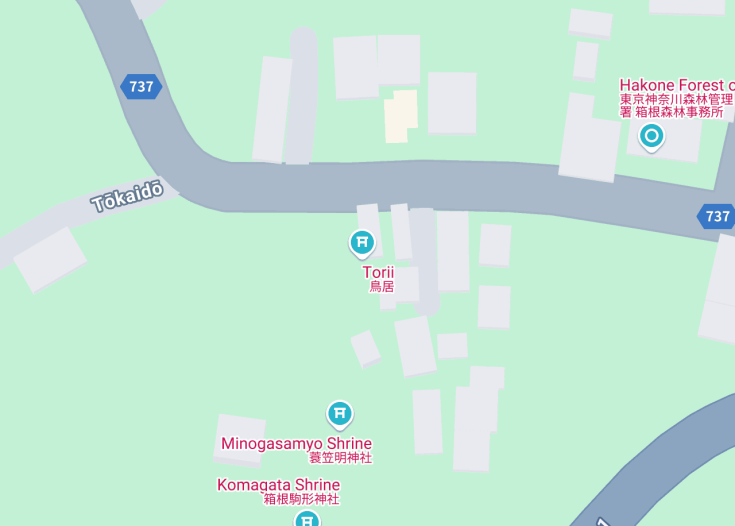Exploring the iconic Torii gates of Japan offers a glimpse into the profound spiritual heritage and aesthetic grace of Japanese culture. These traditional gates, most famously seen at places like Itsukushima Shrine and Fushimi Inari Taisha, mark the transition from the mundane to the sacred, embodying Shinto principles. Standing before a Torii, visitors are not only entering a physical space but also crossing into a realm of spiritual purity and history, making it a peculiar and reverent experience.
For the best experience, visit during early morning or late evening to avoid crowds and see the Torii gates bathed in soft light.
Wearing modest attire is recommended as these sites are places of worship and cultural reverence. This respect for local traditions enhances your visit.
Torii: Iconic gates of tradition and spirituality
A Torii is a traditional Japanese gate most commonly found at the entrance of or within a Shinto shrine, where it symbolically marks the transition from the mundane to the sacred. The presence of a Torii at a shrine is a clear indicator that the space is sacred, often leading to a place of profound spiritual and cultural significance. These gates are an iconic aspect of Japanese aesthetic, often appearing in places of natural beauty and serenity, such as in front of mountains, forests, and lakes, which enhances their allure to tourists and photography enthusiasts.
Constructed typically from wood, stone or sometimes metal, Torii gates vary in size, color, and design, which can indicate the shrine’s age and the deity to whom it is dedicated. For those visiting Japan, encountering a Torii offers a memorable experience steeped in tradition and beauty, providing a deeper understanding of Japanese culture and spirituality.
Exploring the Majestic Hues and Scenic Views at Torii
The Torii at Hakone is particularly famous for its breathtaking surroundings and the serene Lake Ashi, creating a picturesque backdrop that is perfect for photography. Visitors can enjoy leisurely boat rides on the lake, offering a unique view of the gate from the water, which reflects the structure in its calm surface on clear days. Additionally, the area around the Torii features several walking trails offering panoramic views of the surrounding mountains and lush landscapes.
Cultural Activities
Seasonally, local festivals and rituals are conducted near the Torii, providing insight into the spiritual practices and community participation, which are incredibly heartening and enriching to observe.
Legend of the Dragon God associated with the Torii
The Hakone Shrine’s Torii is not only a symbol of spiritual passage but also linked with intriguing local lore. It is believed to be protected by a dragon god, which adds an element of mystery and enchantment to its presence. This legend captivates the imagination of visitors, blending the scenic beauty of the site with tales of mythical creatures in Japanese folklore, thereby enriching the cultural experience.
Additionally, the serene and mystic atmosphere around the Torii during early mornings or at sunset further enhances its mythical aura, making it a must-visit destination for those seeking both natural beauty and a touch of mystique.
Discover the iconic Torii gate in Hakone
Perfect for both solo adventurers and families alike, the Torii Gate in Hakone offers a unique cultural experience wrapped in breathtaking natural beauty. Whether you’re seeking a tranquil spot or a picturesque backdrop for photos, this destination provides an immersive encounter with traditional Japanese culture.
Best times to visit the Torii Gate
Visiting during early morning or late evening offers a serene atmosphere, with fewer crowds and stunning lighting for photography. Additionally, the spring and autumn months are particularly alluring due to the cherry blossoms and vibrant fall foliage that frame the iconic gate.
Annual Events
For a truly unique experience, align your visit with the Hakone Shrine Festival, which occurs in July. The festival features traditional parades, musical performances, and ceremonies.
Accessibility and limitations of Torii Gate
The Torii Gate presents several accessibility challenges, especially for those with limited mobility.
Accessibility
Limitations
- No pets allowed except service animals.
- Large bags and backpacks need to be checked in at the entrance.
Notes to visitors
- Photography is allowed, but drones are prohibited.
- Visitors are advised to wear comfortable shoes and weather-appropriate clothing.
General information
Plan your visit to the Torii Gate.
Location
Nestled at the foot of Mount Hakone, near the serene Lake Ashi, the Torii Gate is part of the larger Hakone Shrine complex.
Address:
Hakone Shrine, 80-1 Motohakone, Hakone-machi, Ashigarashimo-gun, Kanagawa 250-0522, Japan
Opening hours
The Torii Gate is open to visitors year-round, 24 hours a day. It is particularly captivating during early morning or late evening.
Travel options to reach the Torii
Car
Driving is a convenient way to reach the Torii Gate, with parking available nearby.
| Route | Distance | Travel time |
|---|---|---|
| From Tokyo Station | 85 miles (137 km) | Approx. 2 hours |
| From Yokohama | 60 miles (97 km) | Approx. 1.5 hours |
Public Transportation:
Bus services from Tokyo and Yokohama stations provide direct access, with travel times similar to car journeys.
Nearby Attractions
Enhance your visit by exploring these nearby attractions:
- Hakone Open Air Museum – 4 miles (6.5 km)
- Owakudani Volcanic Valley – 11 miles (17.7 km)
- Lake Ashi – 0.5 miles (0.8 km)
- Pola Museum of Art – 6 miles (9.7 km)
- Hakone Venetian Glass Museum – 7 miles (11.3 km)
- Hakone Ropeway – 5 miles (8 km)
- Hakone Checkpoint – 1 mile (1.6 km)
- Lalique Museum Hakone – 6.2 miles (10 km)
Common questions
What is the significance of Torii gates in Japanese culture?
How many Torii gates are there at Fushimi Inari Taisha, and what do they symbolize?
What are the different styles of Torii, and how are they distinguished?
Can anyone visit the Shinto shrines and walk through the Torii gates?
Are there any specific rituals associated with passing through Torii gates?
What materials are used to build Torii gates, and why?
What is the etiquette for taking photos at Torii gates?
How does one perform the purification ritual at Shinto shrines before passing through Torii gates?
What is the historical origin of Torii gates?
Are there any festivals or ceremonies specific to Torii gates?
What is the larger spiritual and symbolic meaning of passing through a Torii gate?

Is the Torii in Hakone Worth Visiting?
Located in the scenic area of Hakone, Japan, the iconic Torii gate at Lake Ashi stands as one of the most photographed locations. This historic gate, often part of the traditional route of the Hakone Shrine, possesses significant cultural importance and offers a breathtaking backdrop against Mount Fuji on clear days.
However, its popularity also means it can be extremely crowded, especially during tourist seasons, which can detract from the experience. Those seeking solitude might find the site less enchanting. Nevertheless, if you appreciate historical landmarks and don’t mind a busy environment, the Torii in Hakone provides a glimpse into Japanese culture and history that is worth experiencing at least once.









